The Albums That Shaped The 60s
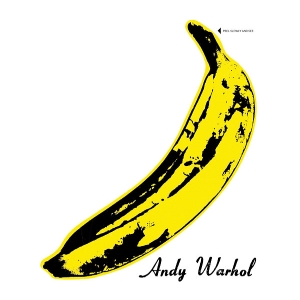
(Photo source: Andy Warhol)
November 1, 2022
There’s no denying the 60s were a revolutionary time for both music and the general culture of the world. Important events such as the Civil Rights and Hippie movements marked a new change in the openness people had towards each other, and the music during this time in part reflected this. Social topics were also talked about more often in music, and artists used their platform to talk about important issues of the time.
- The Velvet Underground—The Velvet Underground and Nico

Even though this particular album didn’t sell too many copies when it was released, it influenced future musical genres that didn’t even exist at the time, such as punk, indie, and alternative rock just to name a few. This album is at times dark and gritty, but some songs still manage to stay very gentle and wholesome in their form. The more serious and dark songs, such as “Heroin” and “Venus in Furs”, are truly two pieces of music that were unheard of at the time.
The unique and somewhat disturbing use of the electric viola in both of these songs really provide them with a dark edge that no other band had at the time. This album showcases just how creative and groundbreaking The Velvet Underground were. Also showcased are their more simple and soft songs, which are a huge contrast to the two previously mentioned songs. “I’ll Be Your Mirror” and “Sunday Morning” are two wholesome songs that are soothing and soft to the ear.
Overall, The Velvet Underground’s creation of unique songs, whether inappropriate or wholesome, influenced many people to try and create the same original and eccentric sound that they did.
- Bob Dylan—The Freewheelin’ Bob Dylan
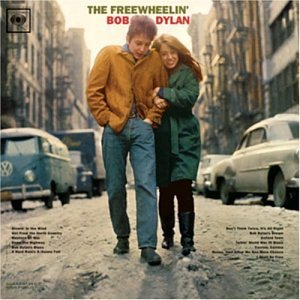
No album at this important time in American history had such an effect on the social state of the public as this poetic Dylan album did. Dylan wrote songs that concerned both the Anti-War movement in Vietnam and the Civil Rights movement, and these songs influenced the progression of them in the eyes of the public greatly.
“Masters of War” and “Blowin’ in the Wind” are widely regarded as two of Dylan’s most important protest songs, and they both opened the eyes of the public to the issues they were facing in this day and age. Both are anti-war songs that cemented themselves as extremely important and influential songs in the history of protest music.
“Blowin’ in the Wind” essentially became an anthem for the Civil Rights movement in general. This album also contains one of Dylan’s most poetic and lengthy songs, “A Hard Rain’s A-Gonna Fall”, a song that describes imagery of warfare and great human suffering in a very profound way. Overall, Dylan’s lyrics in the songs of this album went deeply into social topics of the time that not too many songwriters were willing to delve into.
3. The Doors—The Doors
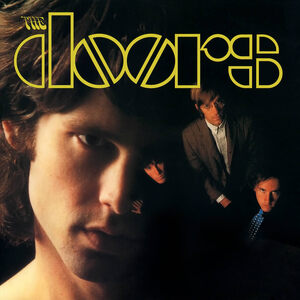
This unique sounding, psychedelic debut album from the Doors kick started their short but impactful musical run in the 60s. Jim Morrison’s vocals were wild and untamed, and nobody had quite heard anything like it at the time. The Doors were a unique band, and this album captured their sound magnificently: Jim Morrison’s bursting and lively vocals, Ray Manzarek’s classical organ sound, Robby Krieger’s flamenco inspired guitar, and John Densmore’s tight, energetic drumming.
All four of them together co-wrote classic rock songs such as the hit single “Light My Fire” and “Break On Through (To the Other Side).” They managed to write poppy lyrics with excellent and lively instrumentation behind it, but Jim Morrison contrasted that with his somewhat dark poetry in the 11 minute epic “The End.”. Like the Velvet Underground did, the Doors wrote dark and mature songs that went beyond the simplicity of a typical pop song at the time.
The Doors first self titled album truly cemented its place in the 60s as one of the more important psychedelic rock albums of all time. I can’t think of an album that better embodies the wild, disjointed, and somewhat somber nature of the late 60s.
2. Bob Dylan—Highway 61 Revisited

Rock was never quite the same after Dylan fully went electric with this iconic 1965 album. Poetic lyrics backed by gritty and raw instrumentation were a combination that just hadn’t existed until this album came out. Dylan’s sneering and monotonous vocal tone was truly original and iconic, and not to mention the profound lyrics he was singing were unheard of in rock’n’roll at the time.
His six minute long “Like a Rolling Stone” proved to be an influential instant classic that changed how artists wrote music from there on out. If Dylan’s six minute long song could become a radio hit, then other people could write long songs like he did and have the same success. Dylan broke the song length barrier in this album, seeing as most of the songs in the record eclipse 4 minutes.
As the 60s went on, you can find more and more hit songs that were longer than the typical 2-3 minute poppy song. As a side note, “Desolation Row” is one tune from this album that is 11 minutes long and full of poetic imagery—what other songwriter at the time was writing stuff like that? Dylan in this breakout electric album proved that rock’n’roll didn’t have to stick by rigid formulas that were caged by simple lyrics and short run times.
- The Beatles—Sgt. Peppers Lonely Hearts Club Band
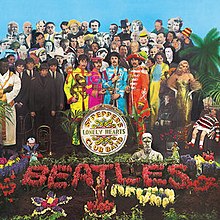
Hailed as one of the greatest albums of all time, the influence this one had on music and the general atmosphere of the 60s is undeniable. The Beatles used experimental sounds and strange instruments to create a work of art that has stood the test of time as extremely groundbreaking and significant. With Sgt. Peppers, The Beatles took on musical personas, which was something that was never seen at the time.
There were some really psychedelic and out there songs from the Beatles in this album, such as “Lucy in the Sky with Diamonds” and “Within Without You”. The eccentric nature of this album showcased all of the things that were awesome about this era in Beatles songwriting. They certainly played around with song form and heavy orchestral instrumentation in “A Day in the Life”, which is in my opinion the pinnacle of all the Beatles music. The song includes a 40 piece orchestral arrangement (something completely unheard of in pop music at the time) and a 40 second sustained piano chord that ends the song in a peaceful but strange way. Plus, in the final silent seconds of the song, the Beatles slipped in noises at such a high frequency only dogs could hear it.
Yeah, they were a unique band, to say the least. The artwork on the album cover is also classic and so easily recognizable— with its cast of famous characters including Elvis, Marilyn Monroe, Bob Dylan, and many more. One could argue no other album shaped the whacky and revolutionary nature of the sixties quite like Sgt. Peppers did.


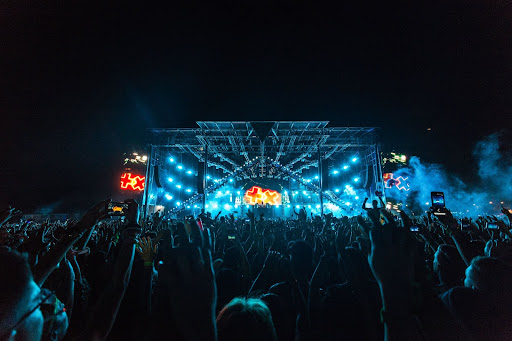







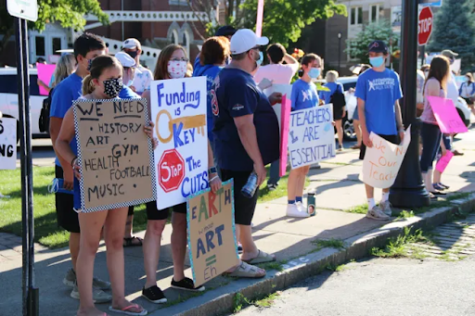
Carly Foley • May 1, 2023 at 9:30 am
Bob Dylan definitely changed rock for the better! “Masters of War” is such an influential piece, and way to cover how he affected the public’s opinions on war!
Adam Hannula • Nov 15, 2022 at 9:15 am
Amazing work Ben! The Beatles were definitely a very influential band that produced hit after hit, even some of the crazier songs